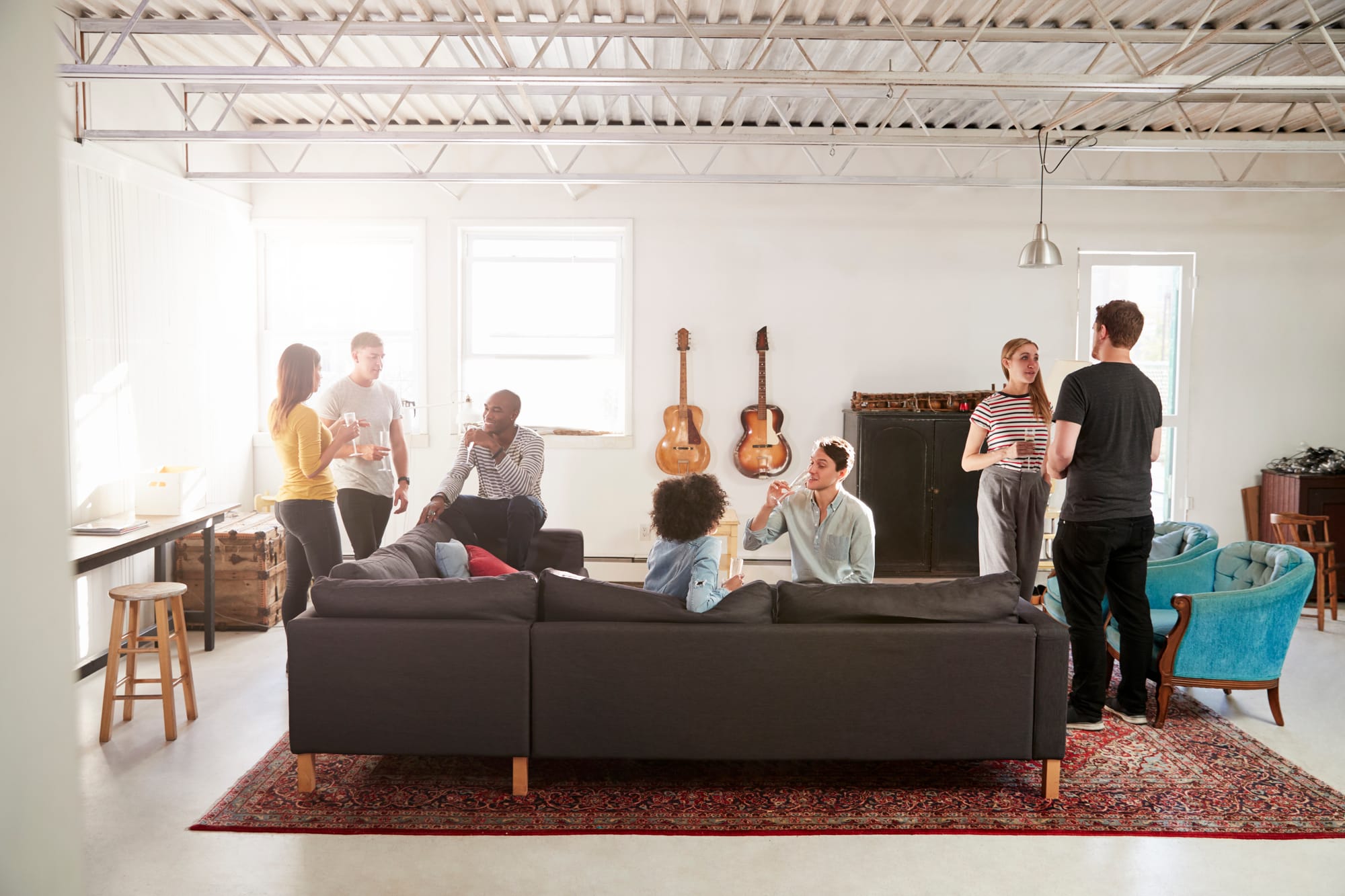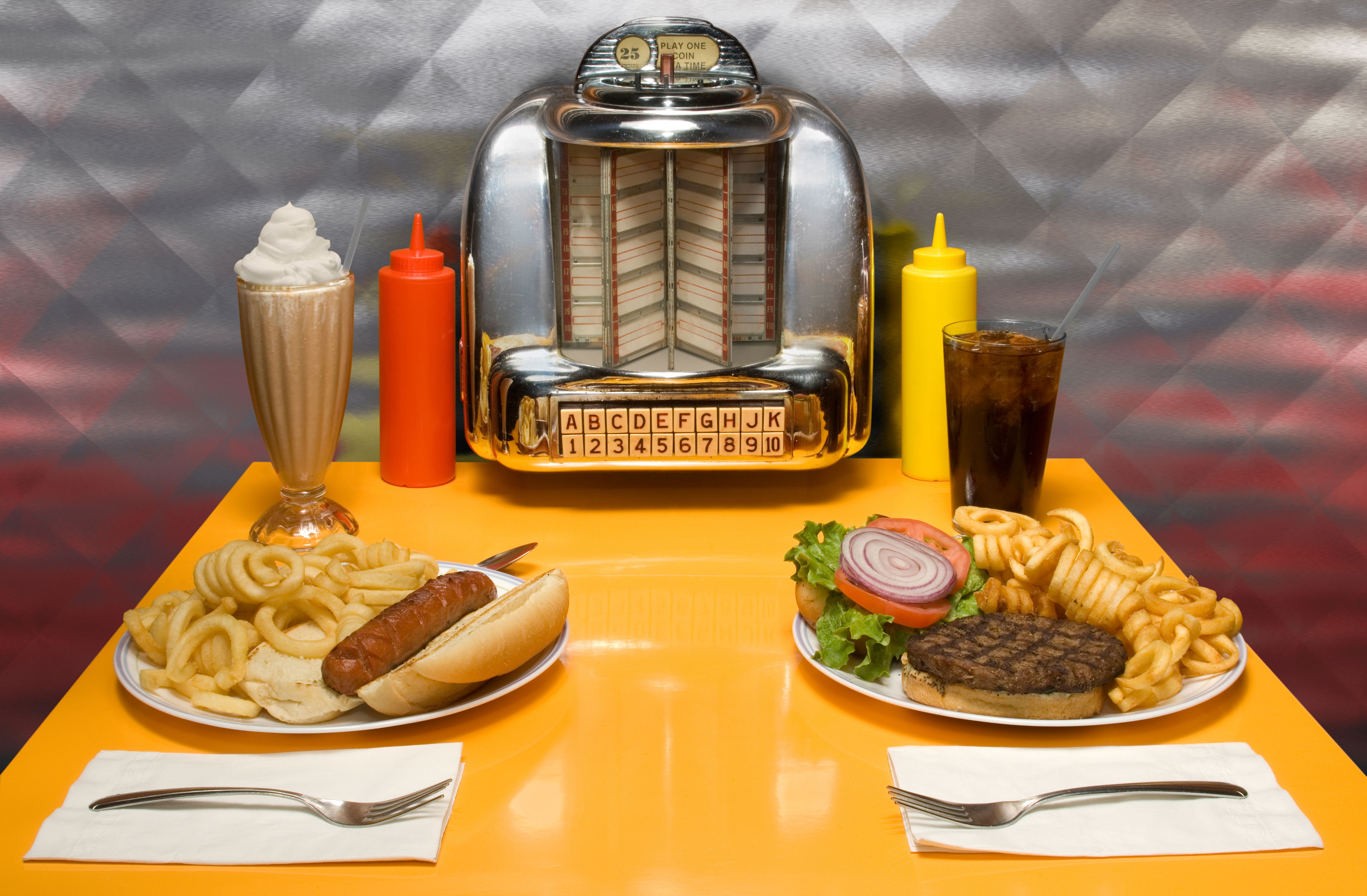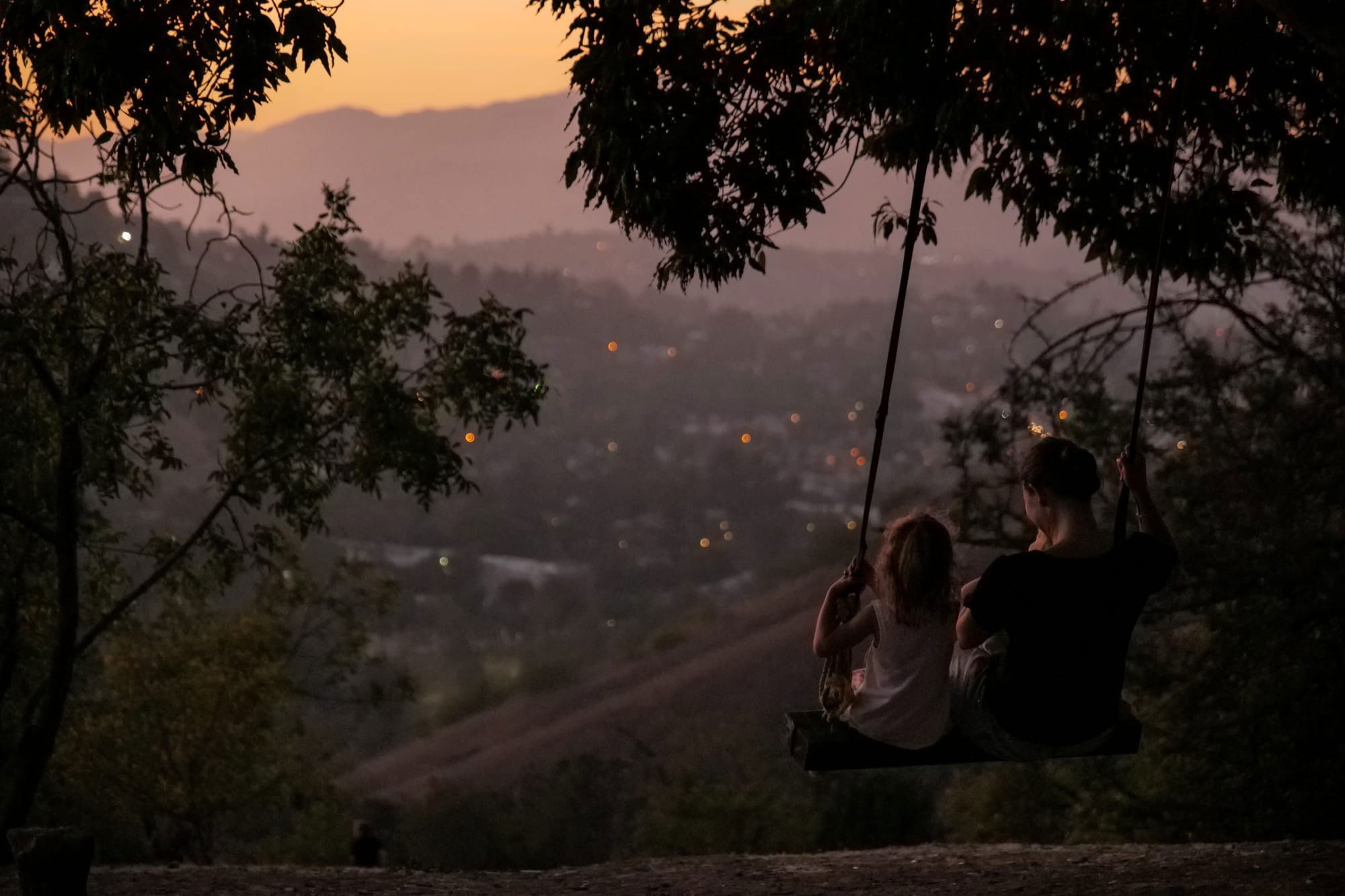The Rise of Young Adults in Recovery: Why Sober Homes in LA Are Seeing a Youth Movement

As seen in LA Recovery
In recent years, Los Angeles has emerged as not just a haven for celebrity rehabs or luxury treatment centers, but also as a growing community for younger individuals embracing sobriety earlier in life. With youth-focused programming, vibrant recovery communities, and a more open cultural attitude toward mental health and substance abuse issues, sober homes in LA have evolved to meet a new demographic — and the numbers are starting to show it.
Year-Over-Year Trends: Younger People Choosing Sobriety
According to recent data collected by the California Department of Health and the Substance Abuse and Mental Health Services Administration (SAMHSA), individuals aged 18–29 now represent nearly 31% of all admissions to residential recovery programs in Los Angeles County — a dramatic increase from just 18% in 2012. This trend isn’t just isolated to inpatient rehab. Sober living homes in Southern California are also reporting younger and more diverse residents than ever before. Design for Recovery, a sober living residence in Playa del Rey designed specifically for young men in recovery, has seen a consistent 15–18% increase in annual applicants between 2020 and 2024. The team attributes this rise to shifting attitudes among Gen Z and younger Millennials — a generation that is more open about mental health, trauma, and community healing.
Design sober living, explains their structure: a blend of 12-step recovery, vocational mentoring, and life skills training tailored to young adults. The model works. Their internal reporting shows that 68% of residents maintain sobriety one year after transitioning out of the home — far above the national average.
What Sober Fun Looks Like in LA: Building a Life You Don’t Want to Escape From
One of the biggest misconceptions about getting sober young is that you’re giving up your social life. In a place like Los Angeles, that couldn’t be further from the truth. In fact, for many young adults, sobriety opens up a world of real connection, late-night hangs, and weirdly beautiful routines that have nothing to do with clubs or hangovers.
It might start small — like piling into a couple cars after a meeting and heading to the 50’s Diner on Lincoln for milkshakes and pancakes at 10 p.m. The staff knows the sober crowd well by now, and there’s a certain magic to that booth near the window, where people swap stories and go deep about life, goals, and recovery.

On chill mornings, you might find half a sober house lounging outside Cacao Café in West LA, sipping yerba mate lattes and journaling while someone strums guitar nearby. It’s not unusual to overhear newcomers talking about their first week in the program while others swap job interview tips or debate whether it's a succulent or cactus in the corner planter.
Weekends tend to offer a mix of structure and spontaneity. You might join the crew for beach sessions at Playa Del Rey — early morning surf, followed by a group meditation on the sand, then some time just sunning out and catching up. These aren’t forced activities. They’re just what happens when a bunch of people trying to stay sober learn how to live again — together.

Then there are gallery nights in Culver City or Highland Park, where a group of sober creatives roll deep into art openings and slam poetry nights. These events offer something electric: proof that you don’t need alcohol to feel culture, energy, or adrenaline. You just need to show up. If you’re lucky, someone in your sober circle will have a connection to outdoor movie screenings in Griffith Park or low-key acoustic sets at someone’s backyard. That’s the thing — when young people in recovery start putting their energy into being alive instead of just surviving, the city kind of opens up.

Sober living in LA isn’t about saying no to life. It’s about saying yes to the weird, beautiful, totally random stuff that makes it worth staying sober in the first place.
Personal Journeys: A Generation Redefining Recovery
Alex R. (name changed for anonymity), 23, never expected to spend his early twenties in sober living. “I was sure I’d burn out by 25,” he said, referring to his years spent bouncing between couch surfing and hard-partying in LA’s underground rave scene. A methamphetamine overdose brought him to the ER in early 2023. From there, he entered detox and then a treatment program, eventually landing at Nook sober living Los Angeles. “Being around other guys my age who’d actually been through it and weren’t just quoting pamphlets — that made the difference,” Alex shared. He celebrated his one-year sober anniversary in March of 2024 and is now working as a mentor for incoming residents.
Another example is Maddy S., 21, who entered a co-ed sober living after leaving her third inpatient rehab. While grateful for treatment, she said it was difficult to relate to some of the older residents. “I needed friends who also still liked to skate, thrift, and just talk about real stuff without sounding like therapists.” She eventually transferred into a women’s house that had weekly beach days and a creative writing group. Now, she’s a full-time student at a local community college and nearly 18 months sober.
Stories like Alex’s and Maddy’s aren’t rare. In fact, they are becoming a blueprint for modern recovery — young adults seeking out peers, structure, and growth opportunities rather than isolation or rigid medicalization.
A Culture Shift in Los Angeles Recovery
Several factors are converging to make LA a hub for youthful sobriety. First is the city’s long-standing history of progressive addiction treatment. But more specifically, LA has a uniquely decentralized recovery culture. From hundreds of daily 12-step meetings (including dozens specifically for young people) to yoga-centered recovery communities and creative arts-focused support groups, there’s a recovery avenue for just about anyone.
Also, the stigma around addiction has been notably reduced in younger circles. Platforms like TikTok and Instagram have helped normalize discussions about sobriety. Hashtags like #soberlife and #soberissexy trend regularly, often accompanied by stories from young people who’ve reclaimed their lives.
Sober homes in LA are responding accordingly. At Design for Recovery, residents enjoy structured days that still leave room for individual exploration. Weekends might include surfing trips, community service, or casual hangouts that don’t revolve around nightlife or alcohol. This kind of recovery — grounded in community, responsibility, and self-expression — reflects how much the face of sobriety has changed in just a few decades.
The Amenities That Make It Possible
Unlike the stereotypical image of bare-bones recovery homes, many modern sober living homes now provide a full range of amenities to make the transition from rehab to regular life as smooth as possible. At Design for Recovery, for instance, the home offers spacious rooms, a coastal view, home-cooked meals, group fitness options, and even career development support.
Other Los Angeles homes that cater to young people include music studios, in-house therapists, and mentorship programs tailored toward post-college or vocational planning. What’s important is not just the amenities themselves but how they’re embedded into daily life. For young adults, sober living needs to feel like a place of opportunity, not confinement.Programs are also incorporating holistic therapies more than ever before — including EMDR for trauma, somatic movement classes, mindfulness-based relapse prevention, and peer-led mentorship.
Why This Matters More Than Ever
As overdose deaths among young adults spiked during the COVID-19 pandemic, the rise in youth-driven recovery movements is more than encouraging — it’s critical. And while the road to long-term sobriety can be daunting at any age, young adults now have more support than ever before in choosing to recover early and rebuild meaningful lives.
Centers like Pet Friendly LA show what’s possible when programs are created with the needs of young people in mind. It’s no longer just about “staying clean” — it’s about thriving, connecting, and building a future that feels worth protecting.
A Real Life Beyond the Noise
Not everyone will land a TED Talk or get a book deal for their recovery story. But for many young adults in LA, the real reward is simpler: waking up without hangovers, feeling safe in their own body, and being surrounded by people who get it.
With every new year, a growing number of people under 30 are walking into meetings, sober houses, and therapy rooms ready to change. And thanks to modern programs that value their lifestyle and goals, they’re doing it in record numbers.


